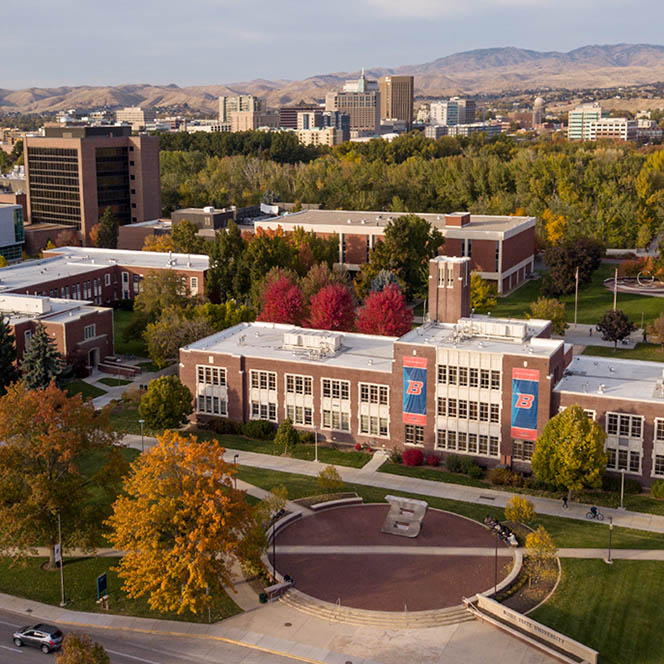
Event Navigation


Dissertation Information
Title: 3D Concrete Printing Material Prediction And Flow Simulation Using Physics-Informed Neural Network
Program: Doctor of Philosophy in Computing
Advisor: Dr. Yang Frank Lu, Civil Engineering
Committee Members: Dr. Timothy Andersen, Computer Science and Dr. Eric Henderson, Computer Science
Abstract
3D concrete printing (3DCP) is an innovative construction method that extrudes cementitious materials layer-by-layer to fabricate building components based on a digital model. 3DCP has gained increasing adoption globally for projects like buildings, bridges, retaining walls, and stormwater management systems. However, 3DCP places stringent demands on the rheological properties of the printable cementitious materials. Rheology is critical for the flow and buildability of fresh concrete during extrusion. The mixture must have a low yield stress for pumping, moderate viscosity to hold its shape after deposition, minimal bleeding and segregation of aggregates, as well as responsive rheology that can transition from fluid to solid state as layers are printed sequentially.
In this dissertation, we aim to solve the challenges mentioned above including: (1) accurate and efficient quantification of rheological and thixotropic properties of cementitious materials, (2) evaluation of flow behavior of fresh concrete during extrusion.
Using traditional experimental methods to evaluate rheological properties of cement paste is labor-intensive and time-consuming. Numerical simulations like Finite Element Method (FEM) or Computational Fluid Dynamics (CFD) can help increase the speed of finding the most suitable material for 3DCP. However, these simulation methods are costly in computing power, making them less desirable for simulating the dynamic and complex process of 3DCP. Moreover, mesh-based approaches are not suitable for complex geometries as the mesh generation would be challenging with curved boundaries, small features, holes or thin regions. Physics-Informed Neural Network (PINN) is introduced in the work as an innovative solution to simulate and model the whole process of 3DCP. It can leverage the flexibility and computational efficiency of data-based neural networks, which can accelerate the learning and convergence speed. At the same time, Partial Differential Equations (PDEs) would be embedded in the network structure to increase the accuracy of its prediction. The integrated governing physical laws can help the neural network understanding the underlying physics of the 3DCP process, potentially increasing the accuracy and reliability of simulations.
A significant part of the research is dedicated to understanding the rheological and thixotropic behavior of cementitious materials, which is critical for the material design in 3DCP. We developed a Rheology-informed Neural Network, RheologyNet, where we embedded the rheological constitutive laws into the loss function. These physical laws can help the network focus on simulating the rheological properties of cementitious materials. Moreover, a thixotropic evaluation system has been established based on the proposed model to evaluate the thixotropic property of cement paste. This study is presented in Chapter 2. Then, we proposed a Navier-Stokes Informed Neural Network (NSINN) to study the flow behavior of cement paste in the 3DCP barrel and nozzle since it involves complicated Multiscale or Multiphysics behaviors, such as anisotropy and non-uniform shear rate distribution. The Navier Stokes Equation and the rheological constitutive equations are coupled and embedded into the NSINN architecture to simulate the flow behavior in the barrel during 3D-printing extrusion process. This approach demonstrates the potential of PINNs to provide high-accuracy simulations of velocity and pressure fields in a computationally efficient manner compared to traditional mesh-based models. Also, we used the NSINN to learn the relationship between the nozzle size and the printing quality. The details of the study are presented in Chapter 3.
At last, a multi-subnetwork PINN architecture (MultiSubPINN) is proposed to address the limitations of traditional PINNs. This is because traditional PINNs used Fully-connected Neural Network (FNN) as main bone. It has problems like different outputs must share parameters within the network structure. However, this parameter sharing nature might lead to potential errors and decrease the model performance. The main architecture of this network is consisted of multiple separated sub-networks and the loss function of each sub-network is calculated separately to update the parameters in each sub-network. By doing this, we can ensure that the optimization for one output doesn’t negatively impact others, therefore providing a more flexible, scalable, and potentially more accurate alternative for the evaluation. Besides, using randomly distributed training points in the computational domain for PINNs is a common way. However, many physical problems exhibit non-uniform behavior, with certain regions of the domain having more complex dynamics or sharper gradients than others. Randomly distributed training points might not adequately capture these regions, leading to a model that misrepresents the underlying physics in critical areas. We proposed a Physical-based sampling strategy to optimize the training of the PINNs. This study is presented in Chapter 4.
In summary, this dissertation has established a new platform that is enabled by interpretable NN to accurately quantify cement paste’s rheological properties and simulate the flow behavior of 3D concrete printing process. The findings suggest that PINNs can not only improve the efficiency and accuracy of simulations but also provide a more profound understanding of the material behaviors and process dynamics critical to 3DCP. The novel PINN structure developed from this dissertation is a powerful general platform that could be applicable to a variety of material domains for complex rheological behavior predictions.

